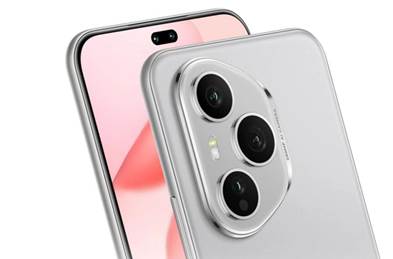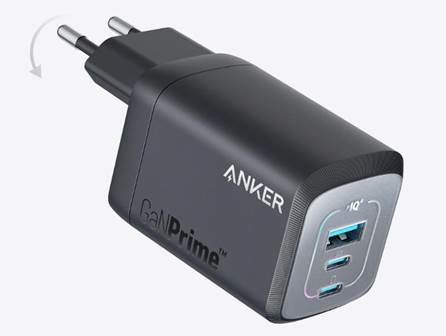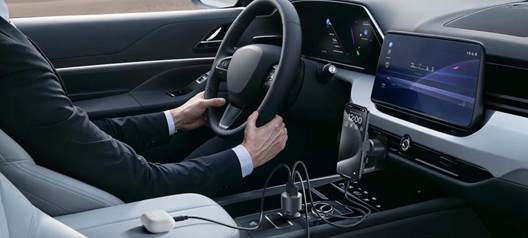Buying
a smartwatch can be an exciting step toward improving your health, fitness, and
daily convenience. With prices for new devices sometimes feeling high, many
people turn to the second-hand market as a way to save money. A used smartwatch
can look like a bargain, especially when it still offers the core features you
need. But as with any second-hand electronic, there are hidden risks that might
not be visible at first glance. In this article, we will look closely at what
to check before buying a used smartwatch, how to avoid common mistakes, and
when it may still be worth choosing a brand-new model instead.
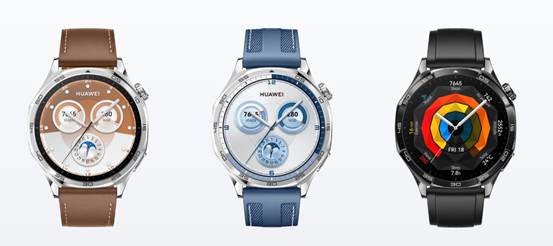
Critical Pre-Purchase Checks
Physical Inspection: Screen, Body, and Band Wear
The
very first step when considering a used smartwatch is to carefully examine its
physical condition. A scratched or cracked screen may not only reduce
visibility but also affect touch sensitivity, making the watch less responsive
in everyday use. The body of the watch should also be inspected for dents or
signs of impact, as these could indicate the device has been dropped. Even the
band deserves attention, because a worn-out strap might need replacement,
adding to your costs. By paying attention to these details, you can avoid
purchasing a device that looks fine in photos but feels worn and uncomfortable
in daily life.
Battery Health and Performance Testing
Battery
life is one of the most important aspects of any smartwatch, and unfortunately,
it naturally declines with age. A watch that once lasted several days may now
struggle to hold a charge for even one day if the battery has degraded. When
possible, test the watch by fully charging it and observing how quickly the
battery drains under normal use. A weak battery can limit the usefulness of the
device, requiring you to constantly recharge it and reducing its convenience.
Some sellers may offer vague descriptions like “good condition,” but it is
worth pressing for specifics on battery performance before making your
decision.
Compatibility and Software Considerations
Another
factor that deserves attention is whether the used smartwatch will work
smoothly with your phone and operating system. Some older models may no longer
receive software updates, which could limit functionality or reduce security.
Without regular updates, certain features such as notifications, app syncing,
or health tracking may not work properly. It is also important to confirm that
the watch can still pair with modern devices, as outdated software sometimes
prevents proper connection. By checking compatibility in advance, you save
yourself from the frustration of buying a watch that feels outdated the moment
you put it on your wrist.
Verification and Authenticity
Counterfeit
devices are unfortunately common in the second-hand electronics market, and
smartwatches are no exception. Always ask for proof of purchase or original
packaging if available, as these can help confirm the authenticity of the
product. Genuine devices usually carry specific serial numbers that can be
cross-checked with the manufacturer for verification. A counterfeit watch may
look convincing on the outside but could lack essential features or break down
quickly. Taking a few minutes to verify authenticity protects not only your
money but also your safety, since counterfeit electronics may not meet proper
standards.
Safe Purchasing Channels and Risk Avoidance Guide
Where to Safely Buy a Used Smartwatch
Choosing
the right marketplace plays a big role in how safe your purchase will be.
Well-known online platforms that offer buyer protection policies tend to be
safer than informal social media listings. Some certified resellers also
specialize in refurbished devices, which often come with limited warranties,
giving you extra peace of mind. Meeting sellers in person at a safe, public
location allows you to inspect the watch before paying. Avoiding anonymous
sellers or deals that seem “too good to be true” helps reduce the chances of
disappointment. By being selective about where you buy, you minimize risks
while still enjoying potential savings.
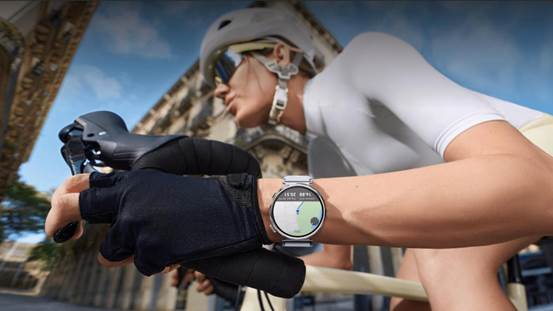
Red Flags and Common Scams to Avoid
The
second-hand market can unfortunately attract dishonest practices, so it is
important to be alert. One common red flag is when a seller refuses to let you
test the watch before payment, which may hide battery or software problems.
Another warning sign is when the price is suspiciously low compared to similar
listings, as this could signal a counterfeit device. Sellers who provide vague
or inconsistent details about the product should also be approached with
caution. In some cases, stolen devices may be resold, which can create legal
and ethical problems for the buyer. Recognizing these warning signs helps
protect both your investment and your peace of mind.
Conclusion
Purchasing
a used smartwatch can save money, but it demands patience, thorough inspection,
and the ability to avoid questionable offers. Key checks include physical
condition, battery health, compatibility, and authenticity to ensure a
worthwhile purchase. However, it is also worth considering that second-hand
devices always carry some uncertainty, especially when it comes to long-term
reliability. When possible it is wiser to invest in a new model with updated
features and full warranty protection. If you want a device that delivers the
latest technology and greater peace of mind, a new option like the huawei watch gt6 is strongly recommended. Its powerful features make it a secure
and worthwhile investment for anyone serious about their health and daily
convenience.

